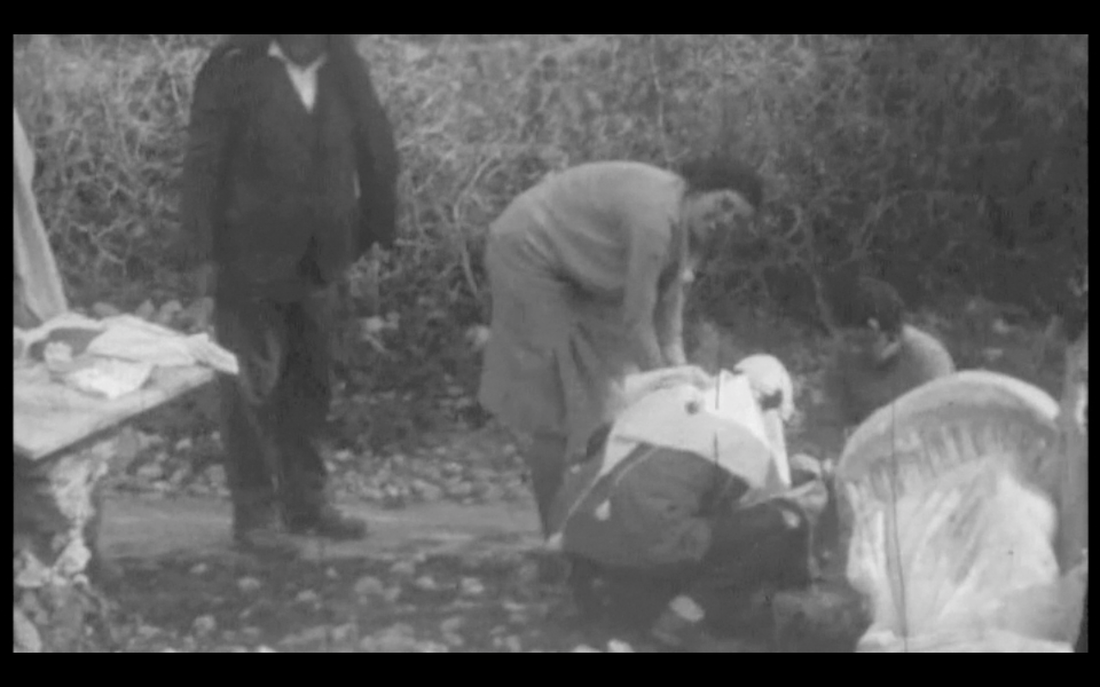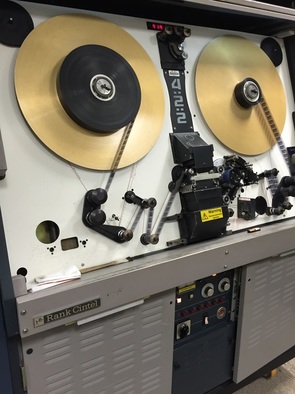I’ve spent hours going through Lankester Harding’s footage since we received the digitised version earlier this year. The digital file we received was all the individual films sequentially rolled into one, making up about an hour and a half of ‘raw’ footage. There were short breaks where the ‘leaders’ attached to each canister’s roll indicated the reference number we had assigned it – LH1 and so on. So one of my first tasks was to separate the digitised files into each canister’s film using the leader breaks as a guide. I was able to do this relatively easily in iMovie, and since then I’ve been experimenting with creating bespoke films using the footage and related digitised archive material in order to draw out different facets of the film and the archive. Each time I watch it I see something new, which is pretty exciting!
I made this short film for the Institute’s recent World Archaeology Festival event on 11 June this year. Having the Harding footage in a digital format makes it pretty flexible in the creation of new narratives. Being able to manipulate the total film in iMovie allows me to view the footage almost frame by frame, bringing a new focus to my own viewing experience. And, it’s leading to the creation of new ‘archive’ of films – thematic ones.
The film embedded below features sequences from eighteen of Lankester Harding’s films. You will see the film canister reference numbers on the top left hand corner of the footage sequences. Harding’s photograph albums were also very useful in illustrating Harding’s initial experiences as an archaeologist in Mandate Palestine and his relationship with some of the workers on site. The photograph of Hilda Petrie was in one of his albums, as were the group photographs of local families. These might be particularly useful in future in helping to identify some of the workers featured on film. Thanks are also due to Alice Stevenson (Petrie Museum) and Robert Winckworth (UCL Records) for permission to include digitised images from each source.
I hope you enjoy this first ‘narrative’ film – there will be more to come!


 RSS Feed
RSS Feed

